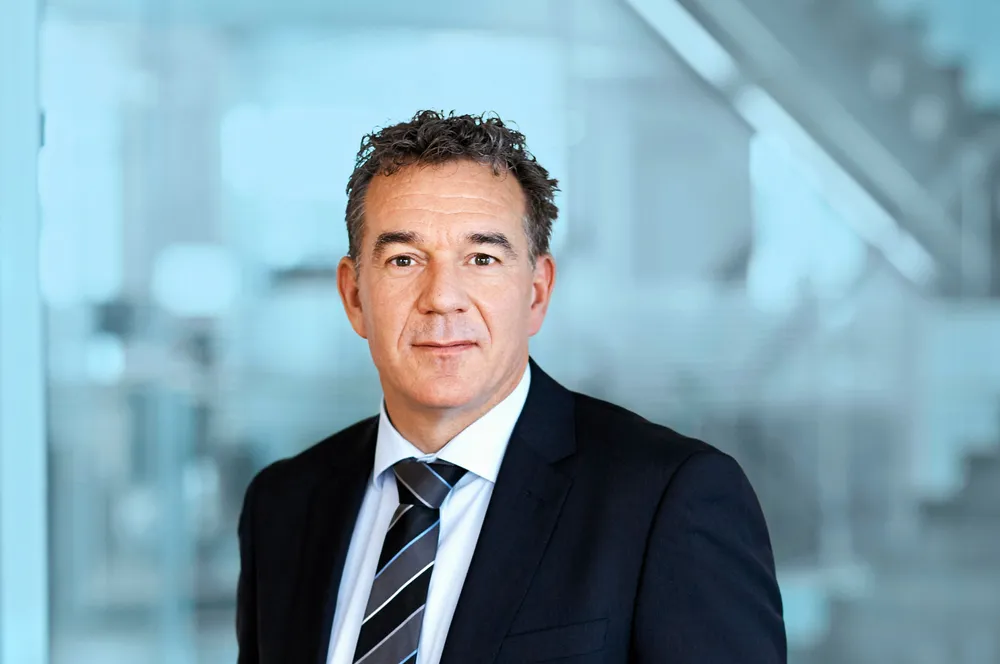Time for red-hot Australian offshore wind to 'get real': CIP's Hannibal
Tremendous response to acreage in Gippsland contrasted with more cautious bidding in New South Wales

The response to Australia’s Gippsland offshore wind tender might signal huge appetite but a much more modest number of applications for subsequent offerings should focus minds on the arduous task of building up credibility in a new market, according to one of the pioneering developers in the country.
Australia put its new regulatory framework for offshore wind in place in 2021 and is now in the process of finalising awards on a first batch of feasibility licenses on acreage selected across four different areas declared so far as suitable.
The granted areas offer potential for putting as much as 25GW into the grid, Steven Taylor, an official from Australia’s Offshore Infrastructure Registrar told a WindEnergy Hamburg panel.
“That's significantly more than current plans for support from the Victorian government, which is looking for up to 9GW by the end of 2040,” he noted.
Gippsland, like other areas awarding feasibility licenses is expected to progress to ac competitive auction process for towards the end of 2025 or early 2026, using a Contract for Difference mechanisms, to be followed by grid connections and commercial agreements and then award of commercial licenses.
In contrast to Gippsland, however, the two areas offered off the coast of New South Wales and a single area off South Victoria elicited a much more modest response, drumming up 10 applications between them.
Taylor said Australian government was still “quite pleased with the outcomes” on the two New South Wales areas, which are expected to require floating wind technology, and the Southern Ocean areas, which is seen as fixed-bottom wind referring to a potential 11GW of power.
He stressed that Australia’s Minister for Climate Change & Energy Chris Bowen has not yet announced the granting of any of these licences. “We expect a decision on some of these in the very near future,” Tayor said.
'Mismatch'
In a discussion on the discrepancy between hot demand for Gippsland feasibility licences, Michael Hannibal, a partner with renewables giant Copenhagen Infrastructure Partners (CIP), said he was less surprised by the low take-up for New South Wales than by the high number of applicants in Gippsland.
“If you compare the number of applications in Gippsland and the 9GW expression from Victoria, it is a bit out of a mismatch, with relatively few projects being discussed,” he told the WindEnergy Hamburg panel.
“I think the number of applicants is super positive, but applications for 25GW, or maybe even 30GW if you calculate with a different density, competing for 9GW is maybe out of synch. More volume and more appetite from Victoria and others would definitely help in maturing this,” he said
CIP has been a leading player in early development of Australia’s offshore wind market
The firm also moved to set up a new investment platform to lead the development and delivery of its Australian offshore wind portfolio, including two main projects – the pioneering Star of the South and Kut-Wut Brataualung.
'Something real'
Hannibal said some additional elements need to fall into place to satisfy the wider investment community that something “real” is happening in the Australian market.
"You show you have mastered all the environmental challenge to get all permitting and consenting and all the surrounding things in place, and a lot of hard work has already taken place. It's time now for moving on, building the full trust there," he said.
“I started with Star of the South with the founders in 2014-15, and that's more than 10 years since those early conversations. Let's cross our fingers that Victoria will now do the expression of interest, move it into the auction and grant a project or two, because that is what is really needed." he added.
Hannibal praised the work that has taken place at federal and state level to get Australia to where it is today, adding: “What basically will cement that now is moving from being a market with a lot of good discussions to expressions of interest and an auction.. having somebody winning the auction, and then actually seeing a project materialising.
"That is where the supply chain starts getting trust in the market. That's where the supply chain can say 'now we can invest, now there is a market really taking off'.
"And of course, what will then top that one is a predictability for the years to come. That is when you move it from a kind of virgin market to a real market. So that's some of the fundamentals, as we see."
The next phase in developing the first offshore wind projects, involving approval of environmental and management plans and then construction, is expected to push the first batch to 2030 and beyond, Taylor said.
“There are more regulatory procedures and process policies that need to be put in place which we're working through. There's industry activity to try and establish the viability of offshore wind in the licensed areas... we've done the early part. We have the broad framework for regulatory functions. But industry still has a long way to go,” he admitted.
Australia still intends to declare a fifth offshore wind area in the Bass Strait area, to the south of the Gippsland basin area and closer to Tasmania. An announcement on the actual area and the timing for applications is expected "shortly", according to Taylor.
(Copyright)